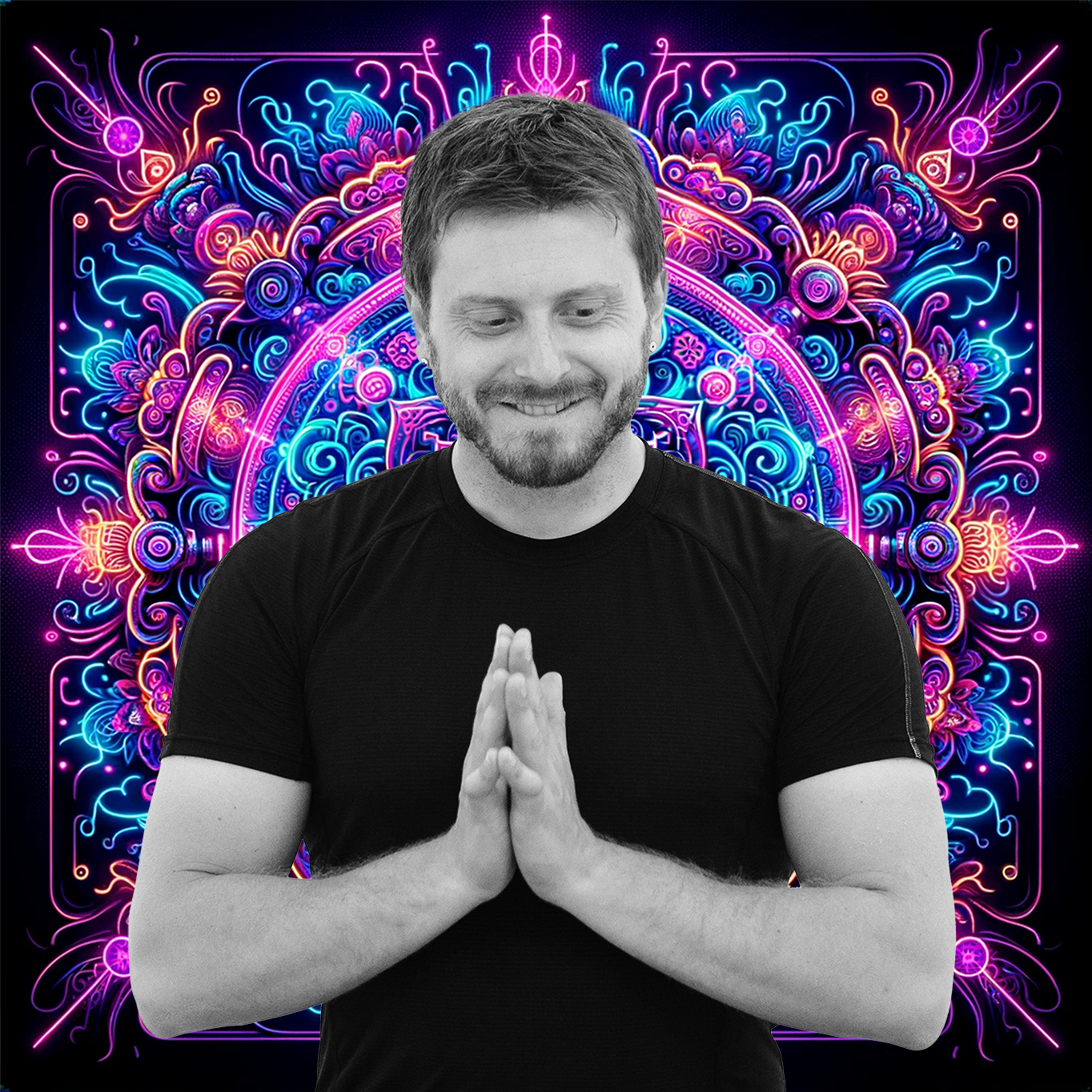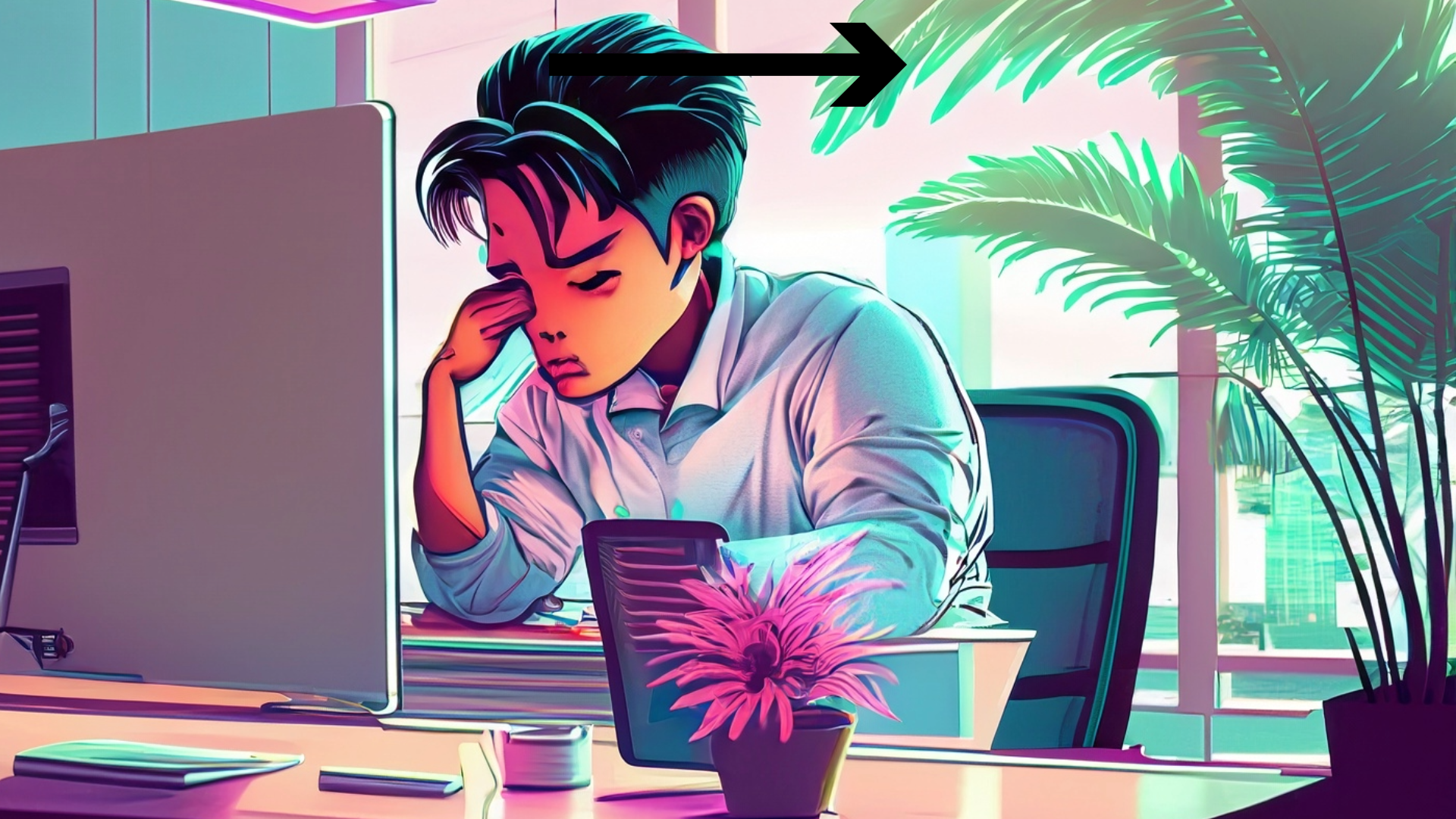Break Out from Burnout: the Art of Doing Nothing
It happened again…
Somehow, it’s the end of the day, and yet again, there you are, feeling fried and burnt out.
Even though you gave yourself plenty of time to ‘unplug,’ your mind still feels like it’s gotten no rest at all.
Between the hours you spent on social media throughout the day and the two hours you spent watching Netflix after work, there was never really any pause at all.
It’s the same thing, day in and day out, and it seems like there’s no getting off the hamster wheel.
Does this sound at all familiar?
I’m sure it does for many of us.
Even for me, as a Yin Yoga and Meditation teacher, the web of distractions is seductive and omnipresent.
We like to tell ourselves that we’re unplugging, but really, we’re just stirring up our mental pot with more and more stimulation.
And how could we help ourselves?
Tech and media companies spend billions of dollars each year to capture and imprison our attention.
Our attention is their commodity, and they’re in a constant search for the best and greatest methods to extract it.
This has all sorts of consequences:
We have shorter attention spans.
We sleep less.
We have fewer deep connections with our friends and families.
We are left feeling depleted, even though when it seems like we’re resting.
It truly is the crisis of our current time.
But fortunately, there is a solution. One that’s free and always available.
Doing Nothing.
The secret is to develop the skill of doing nothing.
Not just doing nothing like vegging out on your couch watching TV.
Not just doing nothing like laying in bed on a Saturday morning.
But instead, we should practice the art of deliberately and intentionally doing nothing.
This is the most valuable skill you can master if you want to unhook yourself from the trap of digital diversions.
By deeply practicing the ability to unplug and reset, you will be able to navigate the modern landscape without getting sucked into the maelstrom of diversions.
There are infinite advantages to this, but here are just a few:
You’ll be able to do your work from a place of clarity and focus.
Your thinking will be more sharp, and ideas will pop up more easily.
You’ll be more present with family and friends, and be able to deepen your time spent with them.
You’ll feel less stressed, and burnout will become a thing of the past.
Below, I’ll give you a simple framework so that you can find some time to Do Nothing as skillfully as possible.
How to Skillfully Do Nothing:
1) Track How You Spend Your Time
Keep a log of what you do during your day, and log EVERYTHING.
Do this for at least a week.
Pay particular attention to things like checking social media, which can easily suck away big blocks if you’re not careful.
This should include not just your time at work but also your leisure time.
2) Analyse What Activities Deplete and Distract You
From your time log, notice which activities take the most out of you or seem the least valuable.
Which activities leave you feeling scattered rather than integrated?
I’ve already very strongly hinted at this, but pay particular attention to how much time you spend on things like doom-scrolling and binging TV.
3) Create ‘Time Outs’ From The Most Distracting Activities
You don’t have to eliminate ALL of the most distracting things completely, but try to give yourself clear “Time Outs” from them every day.
A simple expression of this would be to have a distraction-free time before you go to bed. For example, any time after 8 pm or 9 pm.
A more extreme expression of this would be taking a Distraction Sabbath. That is a whole day of the week where you don’t engage in any of your most distracting activities.
This is highly personal; if you’re new to this, take it slowly when you are first beginning.
4) Replace Distractions With Deliberate Time To Truly Do Nothing
It’s not enough to eliminate distractions; you need to give your brain a specific replacement for the stimulation.
Here are a few ideas you can try:
Going for a walk outside.
Sitting in a park, your yard, or other pleasant environment.
Yin of other Yoga Practices.
Meditation.
Yoga Nidra.
You’ll notice that there is a spectrum here. You are not always “Doing Nothing” in the literal sense. But the idea is that you are removing most or all of the outside input for some significant amount of time. Over time, this can build into truly “Doing Nothing” in practices like meditation.
(If you want to work with me through an 8-week immersion that focuses on Meditation and Yin Yoga, join me for my new course, Embodied Mindfulness.)
5) Practice This New Routine For At Least 30 Days
It takes time to see the full benefits of this work. I would challenge you to try this new routine for at least 30 days.
Please take a look at how you respond to this.
Notice how the overall quality of your lifestyle and even your emotions will change.
Imagine how much could change by making this commitment for just 30 days.
Drop me a line and let me know how it goes!
And if you want one-on-one support and a tried and tested framework for truly finding space in your life, join me for my 8-week immersion: Embodied Mindfulness.





